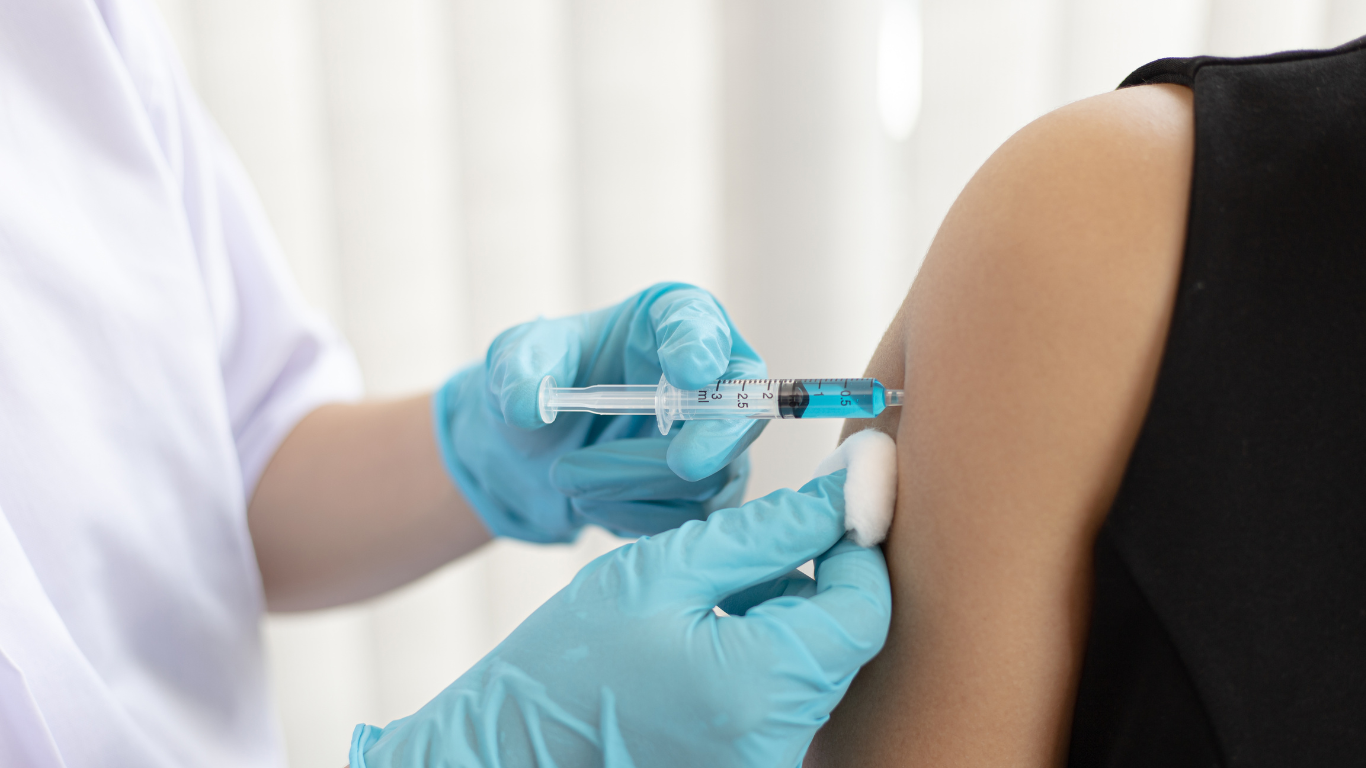
HPV Vaccine
It is a vaccine used to protect against infection by certain HPV types. The 2 high risk HPV types (HPV-16 and HPV-18) account for about 70% of cervical cancer and vaccines prevent infection by these 2 high-risk HPV types.
What is human papillomavirus ?
Human papillomavirus (HPV) is a group of more than 100 types of viruses, around 40 of which can infect the genital areas of men and women mainly through sexual contact. It is an important cause of cervical cancer and is also associated with other types of genital cancer.
What is high-risk and low-risk HPV ?
Some HPVs are high-risk types as they can cause cervical cancer. Others are low-risk types and can cause genital warts. Studies suggest that up to 75% of all sexually active people will eventually be infected with HPV sometime in their lives. Most people who become infected with HPV do not have symptoms and the infection clears on its own. Cervical cancer may develop if there is a persistent infection of the high-risk HPV.
How can I lower my risk of getting infected with HPV ?
Anyone who is sexually active is at risk of getting HPV. You can lower your chances of getting HPV by limiting the number of sexual partners or choosing a sexual partner who has had no or few sexual partners. Condoms may also lower the risk of getting HPV but HPV can still infect areas that are not covered by a condom.
A & Q HPV Vaccine
Who are suitable for HPV vaccination ?
The vaccine is most effective in women who have never been exposed to HPV-16 and HPV-18 infections. For the HPV vaccine to work best, it is important to complete the vaccination before the commencement of sexual activity. It does not treat or cure HPV infection. Pregnant women should not receive the vaccine as there is limited data on the safety of the vaccine in pregnancy.
How is the HPV vaccine given ?
The vaccine is given as a series of 2 to 3 injections over a 6-month period.
Is the HPV vaccine safe and effective ?
Based on current evidence, the vaccine is considered to be safe and effective. It offers at least five years of protection. It is not yet known if booster doses will be needed in the long run.
The common side effects are mild and include soreness, redness or swelling around the injection site.
